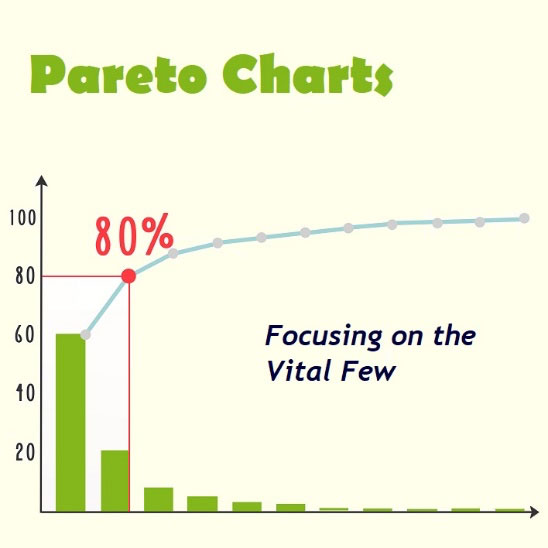Associates
A Closer Look at Six Sigma: Defining and Measuring Customer Satisfaction

Starting with DEFINE, service businesses must discover the goals to be met and any gaps that occur during the process of meeting service goals. Applying this to customer satisfaction, goals can be set for "talk time" and "delivery time" or for "internal vs. external customer satisfaction." Discovering gaps or problems is easy to do by collecting documented complaints (e.g., a complaint via phone or email that "This is taking too long!"), or by simply asking the company's customer service representatives to honestly focus and report on "our biggest problems in serving customers at the highest level".
Studies have shown that one of the biggest customer complaints across service industries is a lack of caring or concern on the part of persons or departments representing the company; this could be a complaint about internal processes (employee-to-employee) or external processes (employee to paying customer). Once lack of caring is identified in a general sense, the company can move ahead with this type of information to go the next phase in the DMAIC process — MEASURE.

To MEASURE, just as in baking a cake, means to identify the specific amount or value of something in the beginning, and then determining the extent of any variations in the process that could lead to a problem. Problems must be measured in quantifiable numbers. Rather than guessing, bakers can measure and follow the same recipe time after time for cakes that receive high customer satisfaction ratings. Companies can likewise measure customer satisfaction now, collecting a baseline to determine whether changes in business can lead to improved satisfaction going forward.
An example of measurement is experienced by this writer with her weekly Amazon deliveries, where she is asked for customer feedback on every item delivered — from "on time" service to whether the delivery person was "friendly" or the product was well-boxed. These indicators of service can be ongoing measures of clear objectives or potential problems that can be wide-spread and affect the bottom line.
There are many measurement tools that can be used to collect data that screams customer satisfaction (or lack thereof). One is a simple poll or checklist to document immediate comments or evaluations from customers. Feedback can be divided into categories of positive-neutral-negative.
Another tool in the Six Sigma toolkit for larger companies is a Pareto Chart, named after Italian economist Alfredo Pareto, who would assert that 80% of customer complaints come from 20% of the customers — the 80/20 rule. Pareto Charts would involve recording customer complaints by type of service, product, service, or department to uncover which sources account for the most complaints.
The below example is a simple Pareto Chart that can be created in Microsoft Excel. This chart shows that 80% of customer dissatisfaction can come from 20% of the "Vital Few" processes used in customer service.

Return to this column to find more information on the ANALYSIS, IMPROVEMENT, and CONTROL phases of Six Sigma that you can put into place for improved customer satisfaction.
© 2022. Debi Ford has worn many hats over the years including professor of psychology, psychotherapist, published author on topics from military training to meditation, and as Organizational Development Consultant for Dunson & Associates. For more information on Dunson & Associates business-to-business services, call her at (937) 854-5940, x 7.



Dunson & Associates, a Global Knowledge Authorized Training Partner, offers more than 3000 IT and Business courses! Click here to enter our learning portal, which allows you to view course outlines, schedule, manage and purchase training
© Copyright 2017 Dunson & Associates

